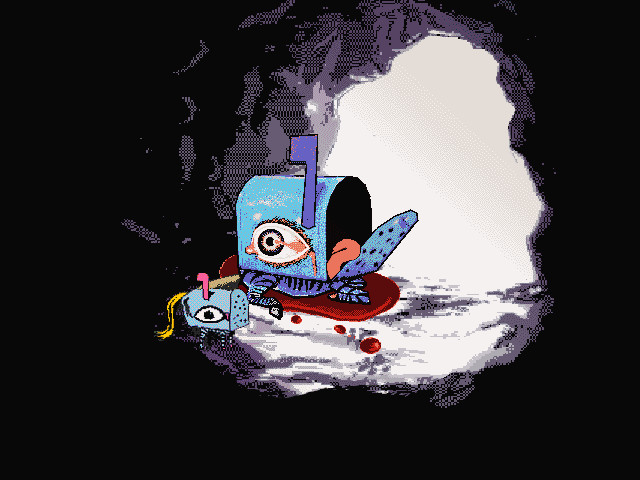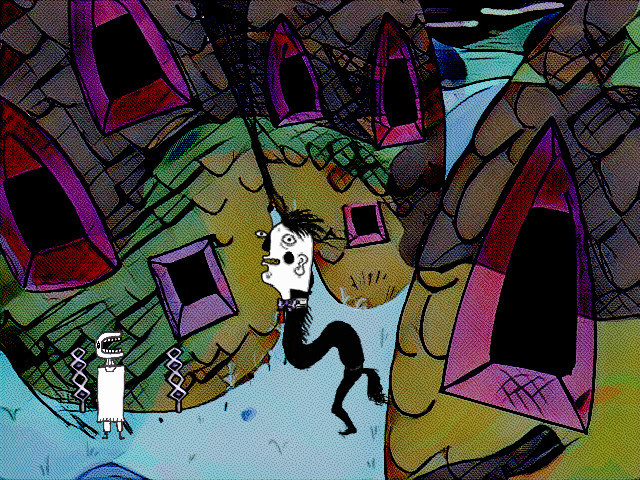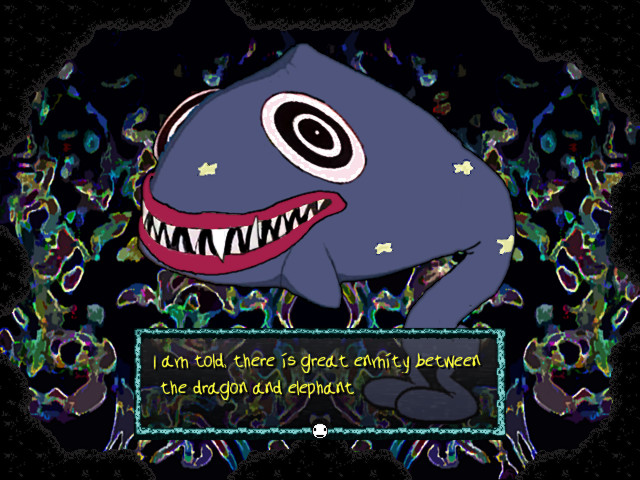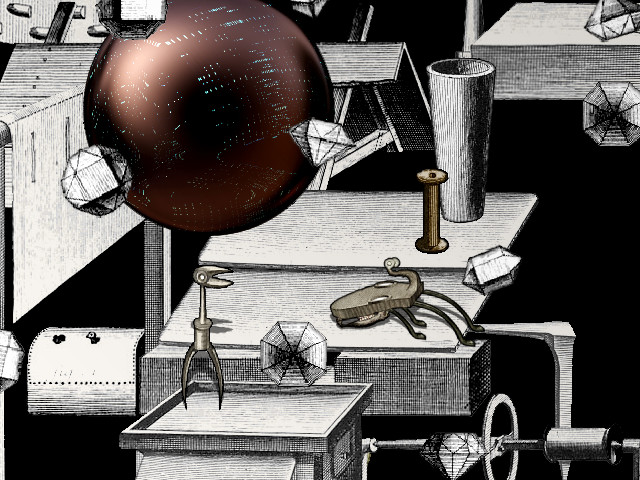Though today it is mostly known as a major partner with Nintendo, it's easy to forget that HAL Laboratory began life as a developer and publisher in the late 80s and very early 90s. It was a small studio in these early days, but even here the team found a decent amount of success. Nintendo trusted them with the development of several early NES games, like Golf and Balloon Fight. They started publishing other studios' games as early as 1987 (the NES port of Stargate) and as late as early 1991 ( Kabuki: Quantum Fighter). The average observer at the time would have no reason to believe HAL needed to enter a partnership like the one they’re currently in with Nintendo.
But behind the scenes, the company's growing success brought with it new pressures that were difficult to manage. Developers at HAL felt they didn't have the time they needed to make their games as strong as they could be. The sales would often bear that out: their games just weren't selling enough to recoup development costs. This eventually reached its peak in the early 90s when the company nearly faced bankruptcy—only for a partnership with Nintendo to save them in the end.
In the middle of all this was Metal Slader Glory. The game bridged the gap between HAL's growth in 1987 and the end of its publishing days in 1991. It was even the last title the company published independently. Because of this, it’s often identified as one of the major causes for HAL's transition from independent company to exclusive partner with Nintendo.
Or at least it is in Japanese circles. Metal Slader Glory and the role it played for HAL aren't as well known outside of Japan. Fortunately, an interview I conducted over Skype with Yoshimiru Hoshi—the game's director/creative lead—shed some light on the game's development and HAL's relationship with it.
Above: scenes from the Super Famicom Remake
While he had worked with HAL on minor educational games like Gall Force and Fire Bam, Yoshimiru was known more for his work in manga than in video games. In fact, Metal Slader Glory was originally based on a story he'd originally developed in a manga called Fixallia. The manga itself was cancelled before he could conclude the story and he'd always wanted to tell a more complete version of it.
HAL gave him that opportunity in 1987. As he explained during the interview, he was given complete creative control over the project. "HAL was the marketing organization, I was the director and the origin of the idea", Yoshimiru said. "HAL provided a development team with its programmers, I went there to ‘direct’ the team. I made the scenario and the graphics/creative decisions, but I was not involved in programming nor music."
He further elaborated that the team disbanded after Metal Slader Glory was completed and that Nintendo assembled a fresh team when it was time to remake the game on the SNES. A separate email I’d sent to HAL corroborates this, as they were unable to put me in touch with anybody who had worked on the game. By contrast, Yoshimiru has continued working on Metal Slader Glory’s themes in many of his other works, even ignoring the 1995 manga or the Director’s Cut remake for the Super Nintendo. He described the game “as [his] life work.”
Looking at the finished project, it’s easy to see why he revisits the game as much as he does. On one hand, it’s grand and ambitious in scale. The plot builds up to things like a (quite literally) underground resistance, an alien species threatening the cosmos, and a climactic battle against the alien forces’ home base.
Article continues after the break:
Yet, as bombastic as the plot can be, it offers a very human story. Ordinary, personal conversations advance the action instead of big revelations, and the main premise sees a makeshift family of three trying to track down their father and learn the meaning behind the message he left for them: “EARTH IN PERIL... SEEK THE CREATOR.”
Midway through their journey, as clues are getting thin, the adults of the group wonder if tracking him down is even worth the effort. After all, Azusa is too young to remember the brief time her father was in her life, as Azusa herself confirms when they ask her. Yet she keeps the team's spirits up regardless, opining that her father has to be somewhere out there among the stars. While games with a personal focus like this were common among PC games at the time, they were much less common on console, where stories tended toward grander stakes.
Metal Slader Glory was also ambitious in terms of its production. Yoshimiru spent four years working on the game with HAL. He spent the first year planning out major elements of the game like the story, specific scenarios, drawing the art, etc. The remaining three years were devoted to code and converting his drawings into something the NES could render. Yoshimiru lamented the long amount of time he spent making the game, and all the sleep he lost during the game’s development.
He also expressed frustration with the limitations the Famicom imposed on what he could do artistically. Most notable were the memory limitations. Even as the Famicom’s largest game, Yoshimiru still had to cut a large number of scenes to squeeze the game into the small space the system gave him to work with.
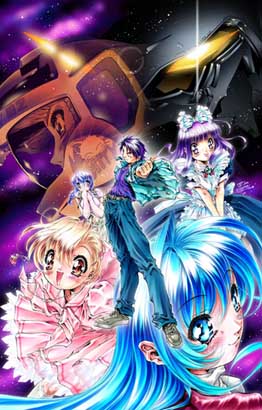
And the art that did make it in faced significant compromises. Assuming you know how the Famicom’s graphics worked, you may think I’m referring to the system’s palette limitations, but Yoshimiru never brought that up in the interview. After all, rendering your game on a panel-to-panel basis most likely allowed the team to choose whatever colors a particular scene required.
What he did bring up was the pixel map. As he put it during the interview, "there was not any room for 'free drawing' [IE he couldn't draw curves and straight lines like he would with pencil and paper], we had to always think of the coarse pixel map." This limited the amount of detail he was able to render at any given time, and he expressed regret over not being able to tell Metal Slader Glory’s story in as much detail as he wanted. Fortunately, Nintendo offered him a second chance in 2000 with a Super Famicom Director’s Cut, which allowed him both to bring back the scenes he was forced to cut out and to clean up the original artwork.
Metal Slader Glory sold poorly (sales weren’t even enough to cover the game’s advertising budget) and HAL’s days as an independent publisher were effectively over. Yet the game’s financial failure isn’t as straightforward as it initially appears. Obviously, the game’s production had something to do with that. The four year development cycle made the game expensive to produce, and the technology required to make it only further compounded matters.
Above: the game featured on Game Center CX
Although the MMC-5 chip made the intricate art work possible, it also made the game significantly more expensive to sell. Nintendo only sold a limited number of the computer boards at a discounted rate of 15000 yen per board so HAL could sell Metal Slader Glory at a competitive price.
Whether Nintendo limited the number of boards they sold because they couldn’t afford to sell any more at that price or because high demand among developers created a small supply is hard to say. (Nintendo especially had a high demand for the MMC-5 chip. Super Mario Bros. 3, another game using the chip, was released in America a year before Metal Slader Glory‘s Japanese release and in PAL regions a day before.) Whatever the cause, the effect was still the same: HAL could only sell a small number of copies of the game.
Production wasn’t the only problem Metal Slader Glory faced. In fact, Yoshimiru remembers split opinions from game reviewers at the time. Players generally liked the game, but because of how it would switch between conventionally accepted video game genres ("Depending on the scene, it featured dungeon type scenarios, and sometimes in another screen it featured a shooting game", he explains), contemporary critics had a hard time figuring out what to make of the game.
Review scores in magazines at the time were split; reviewers at Famicom Magazine gave it scores in the 3-4 out of 5 range, while Famitsu assigned it a score in the low 20s. Combine this not only with the release of the Super Famicom but also the release of major games like Final Fantasy IV earlier that year, and it would have been difficult for Metal Slader Glory to stand out in the crowd and make a name for itself.
contemporary critics had a hard time figuring out what to make of the game
Metal Slader Glory is far from the underappreciated game that ended HAL’s days as an independent game creator. In this game’s history is an empowering message for game creators everywhere. Even if it was a financial failure, it gave a manga artist his chance to see his vision realized to the best of his abilities.
Besides, what happened to the game following its release doesn’t seem to have upset Yoshimiru. He still incorporated Metal Slader Glory into many of his future works and continues to do so because of how much it means to him. He ended the interview by saying, “I think of Metal Slader Glory as my life work. So, fans should continue following me and enjoy. Not only Japanese fans, but also fans overseas should enjoy Metal Slader Glory by having someone translate it.” When I pointed out to him after the interview that fans actually were working on a translation, he was happy to hear it, even if he’d prefer the translation be done through more legal channels.
Metal Slader Glory, for its infamy and oft-misunderstood status in gaming history, is proof that a game doesn’t need to be measured by financial success or immediate critical acclaim to be of value. It’s enough that the person creating it be content with the work they’ve put into it.
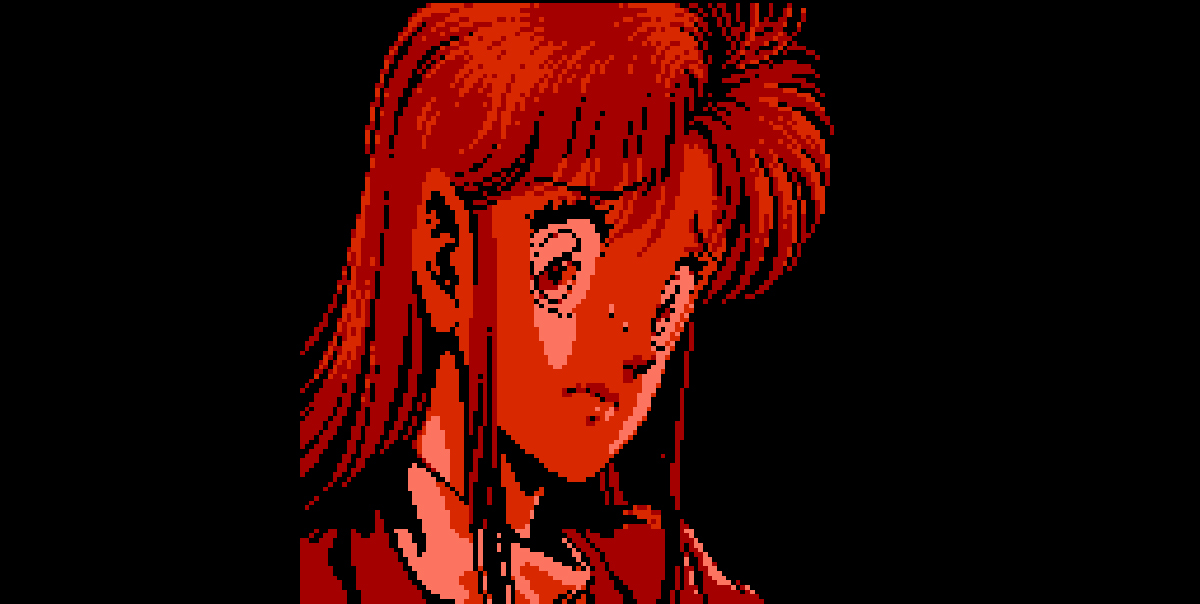



 'Recurrent consumer spending' accounts for 48 percent of Take-Two's net revenue this quarter, led by microtransactions in games like NBA 2K17, GTA V and GTA Online. ...
'Recurrent consumer spending' accounts for 48 percent of Take-Two's net revenue this quarter, led by microtransactions in games like NBA 2K17, GTA V and GTA Online. ... Player recurring investment made up roughly 51 percent of digital revenue for the first time thanks to a 69 percent jump year-over-year. ...
Player recurring investment made up roughly 51 percent of digital revenue for the first time thanks to a 69 percent jump year-over-year. ...
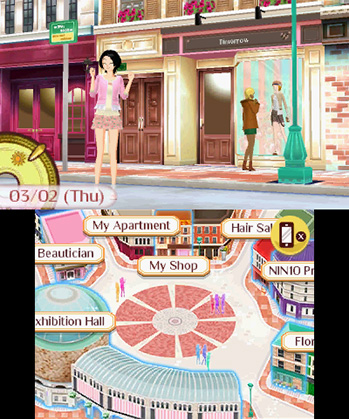




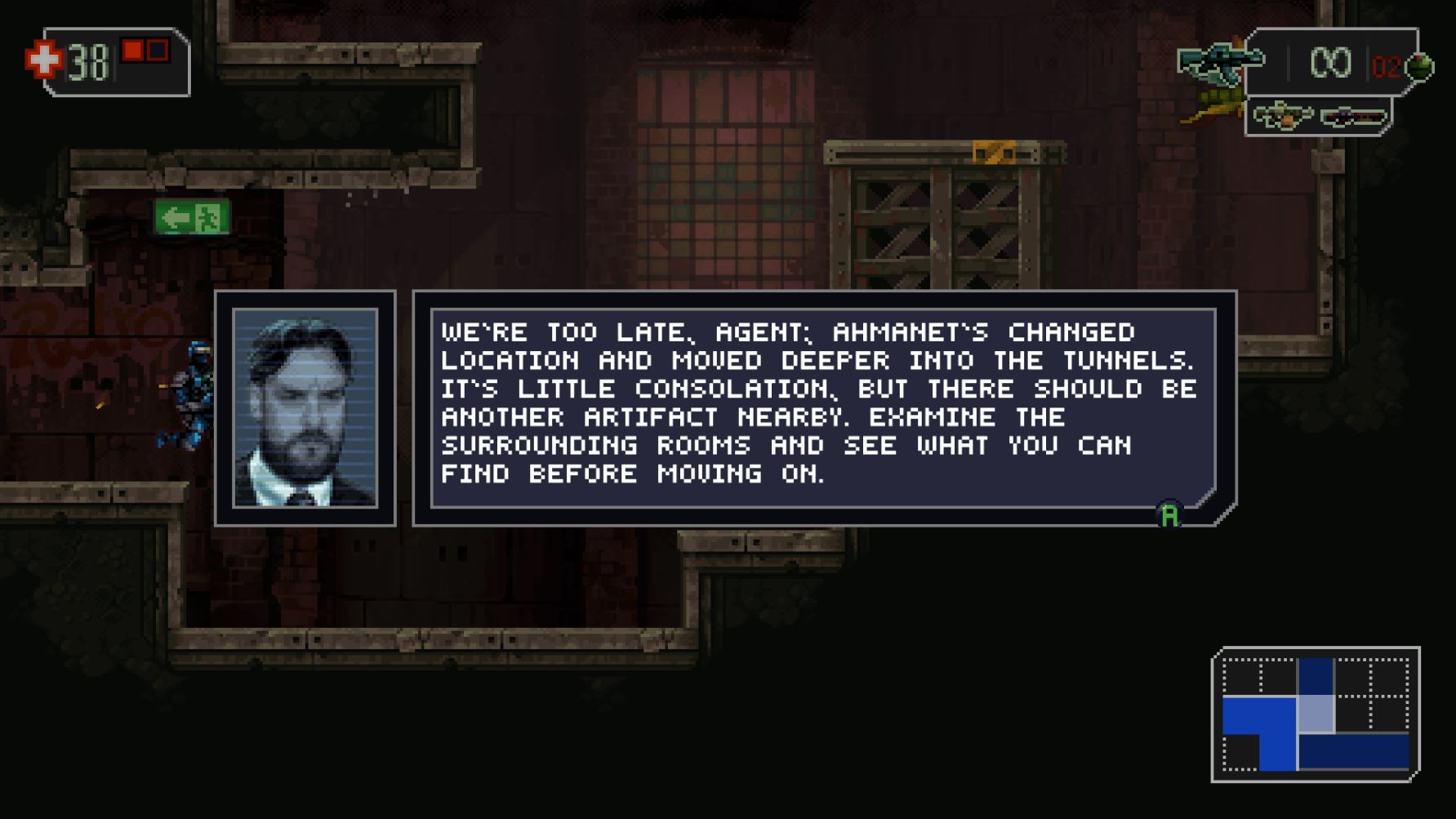
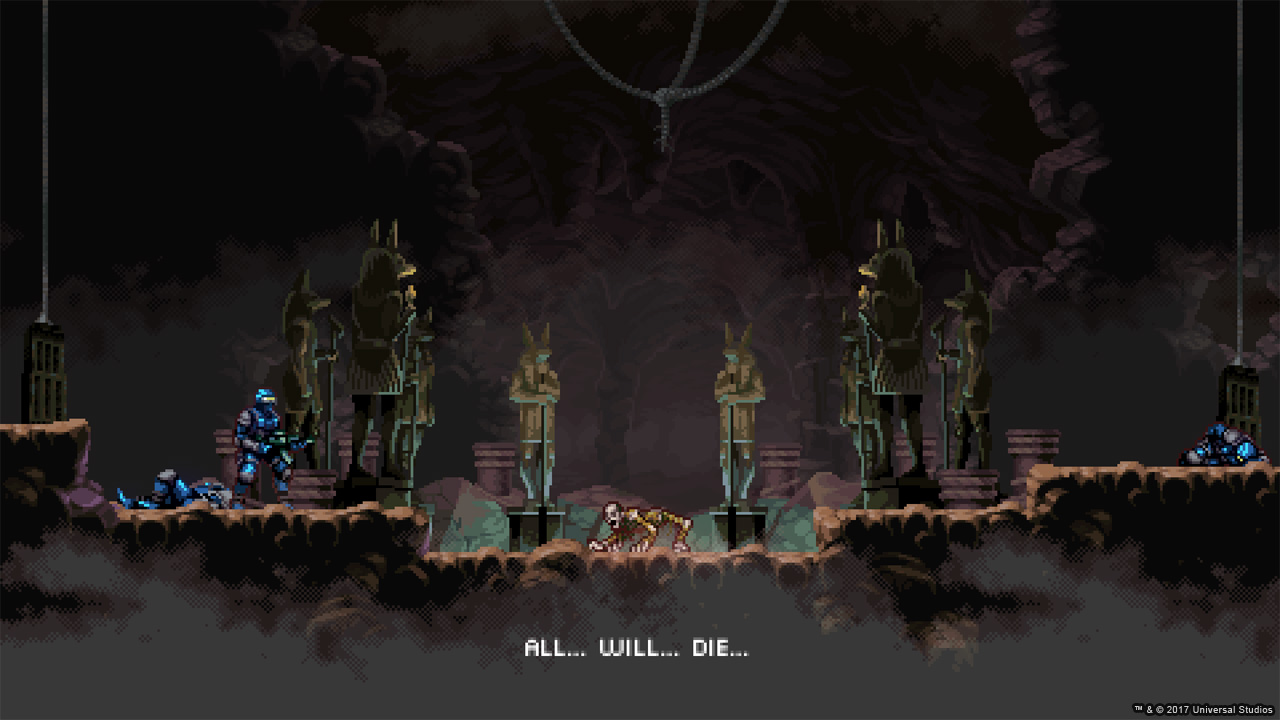


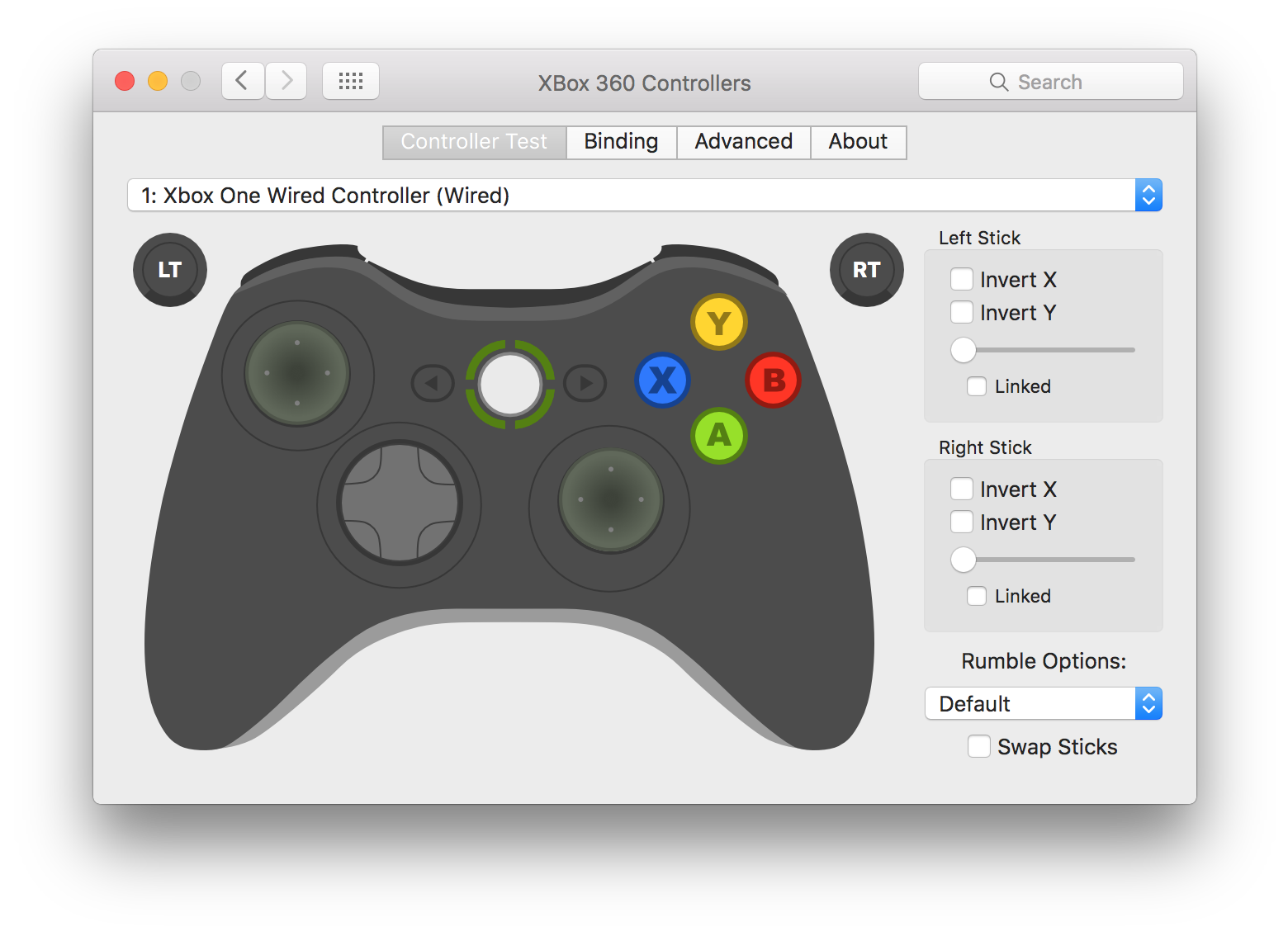

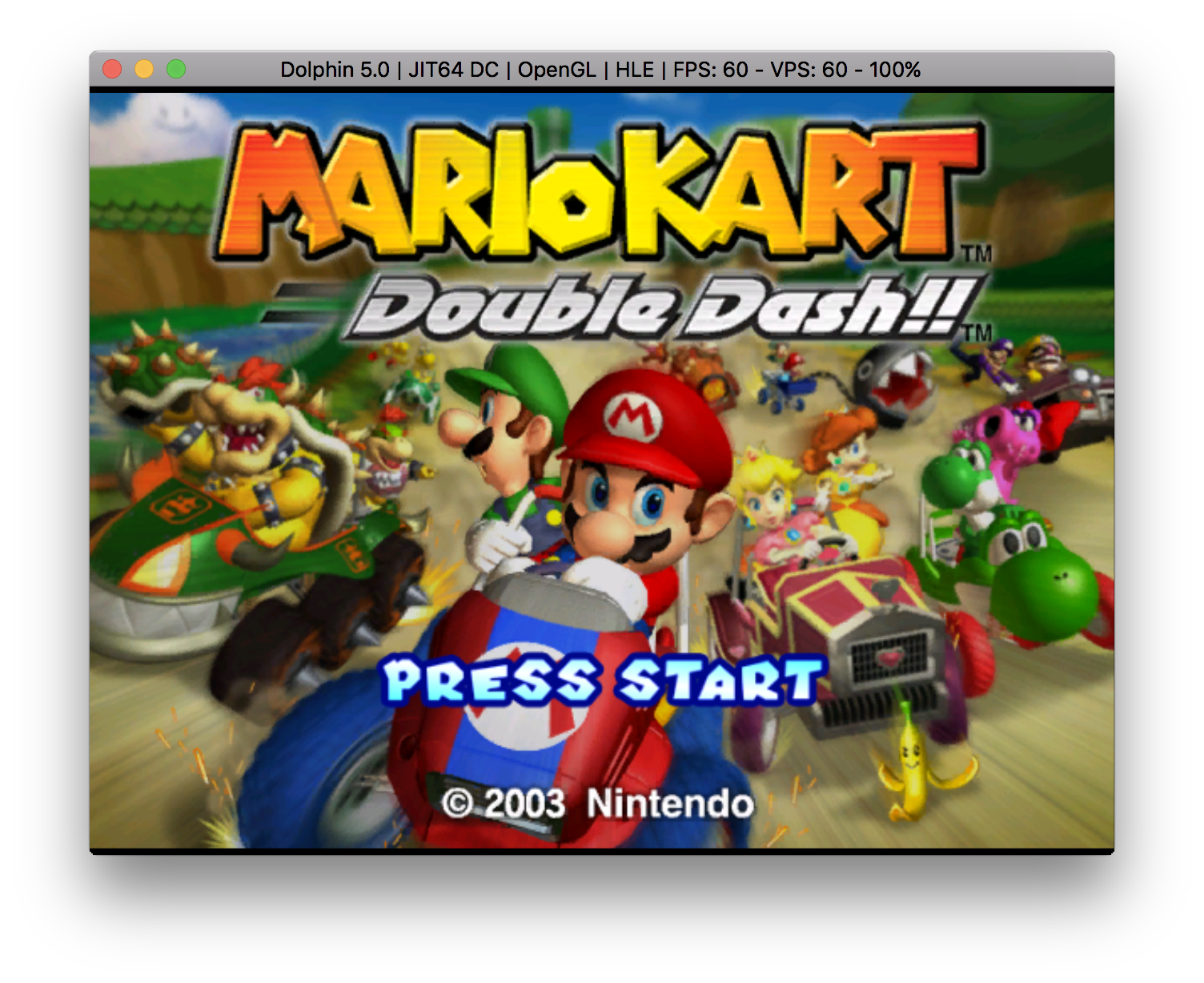





 Toys for Bob cofounders Fred Ford and Paul Reiche III announced this week that they've begun working (in their personal time) on a sequel to the 1992 space adventure game Star Control II. ...
Toys for Bob cofounders Fred Ford and Paul Reiche III announced this week that they've begun working (in their personal time) on a sequel to the 1992 space adventure game Star Control II. ...










 Many hardcore survival sims from Eastern European davs have found passionate niche audiences. We spoke to the makers of Life is Feudal, Escape from Tarkov, and Legends of Eisenwald about this trend. ...
Many hardcore survival sims from Eastern European davs have found passionate niche audiences. We spoke to the makers of Life is Feudal, Escape from Tarkov, and Legends of Eisenwald about this trend. ...
